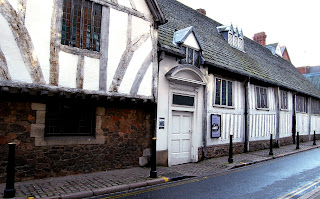After what i said in my last post about creating images that refer to a place but without being obvious i looked into the work of Zarina Bhimji and her collection entitled 'cleaning the garden.' The images, while simple and pretty, have a very serious point behind them, about slavery.

Several of the large-format color photographs show an 18th-century British country house and its garden. The garden was designed by Capability Brown, who in the early Romantic era was much in demand for cultivating the look of wild nature in the parks of rural estates. As it happened, the fortunes of some of his clientele, including the owners of the house in the photographs, were based on the products of a very different kind of garden: British-owned sugar plantations worked by African slaves in the Caribbean.While researching this history, Ms. Bhimji came across 18th-century newspaper advertisements for the return of runaway black slaves, some of whom are referred to as Indians, others as Moors. The words from these notices, reproduced on mirrors, appear in the show next to the images and relate the images to the more serious meaning. The news paper clippings, well the text, has been etched into the mirrors and while the text is very old fashioned i cant help but feel it is a look thats very contempory. It also makes the audience relate as they seem themselves as they read about these slaves.

So do oblique shots of another garden, that of the Alhambra in Spain, built by North African Muslim conquerors known in Europe as Moors. To their creators, these gardens, with their exquisite logic and symmetry, were an earthly reflection of paradise.
The enigmatically sensual images that result suggest, in the context, some core of disruptive psychic energy underlying both the gardens and the histories that produced them. Ms. Bhimji delivers all this information subliminally; the installation gains in intricacy the longer you give it. And the pictures are stunning. This is very close to the approach that i wish to try and achieve in my photos, a sence of past, history, to give a contrast with pretty photos that contrast the tramatic past. The form in these images are pretty straightforward. and while they are not just images of gardens but amix of places and imagery, they are all tied by the underlying subject of the slave trade.



















































